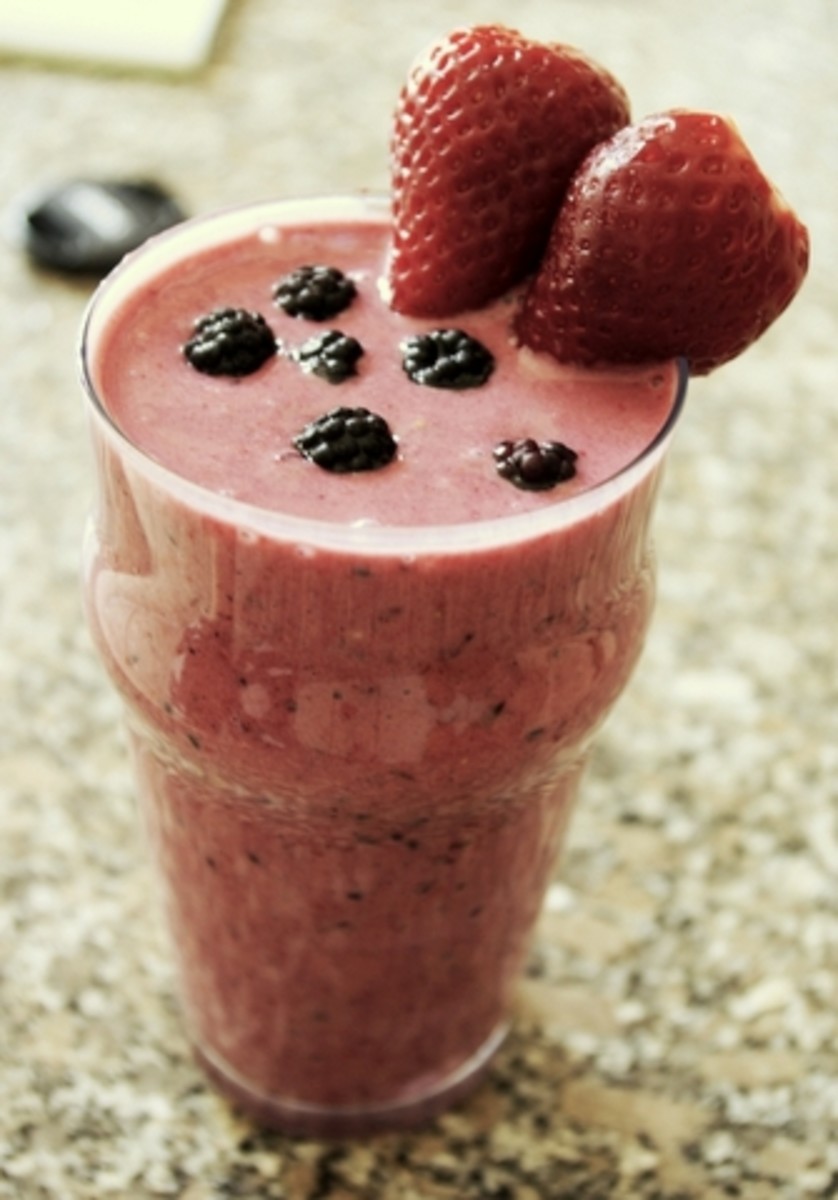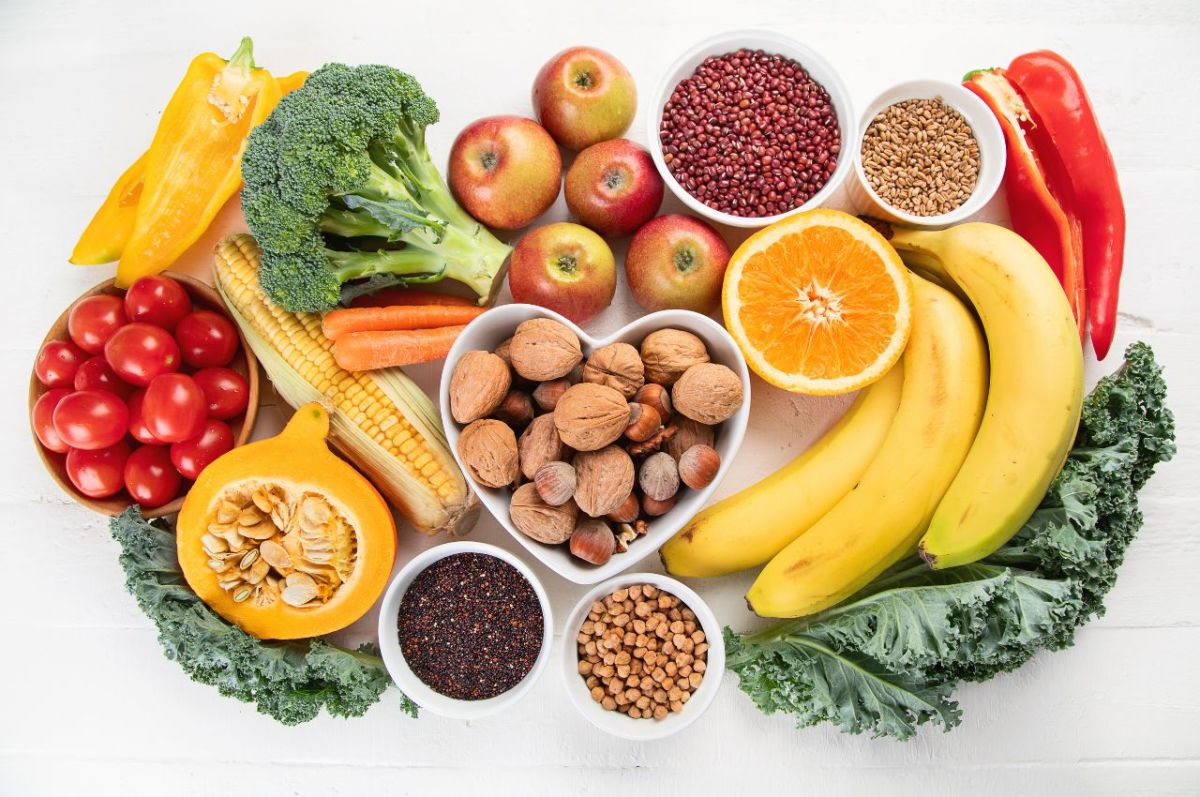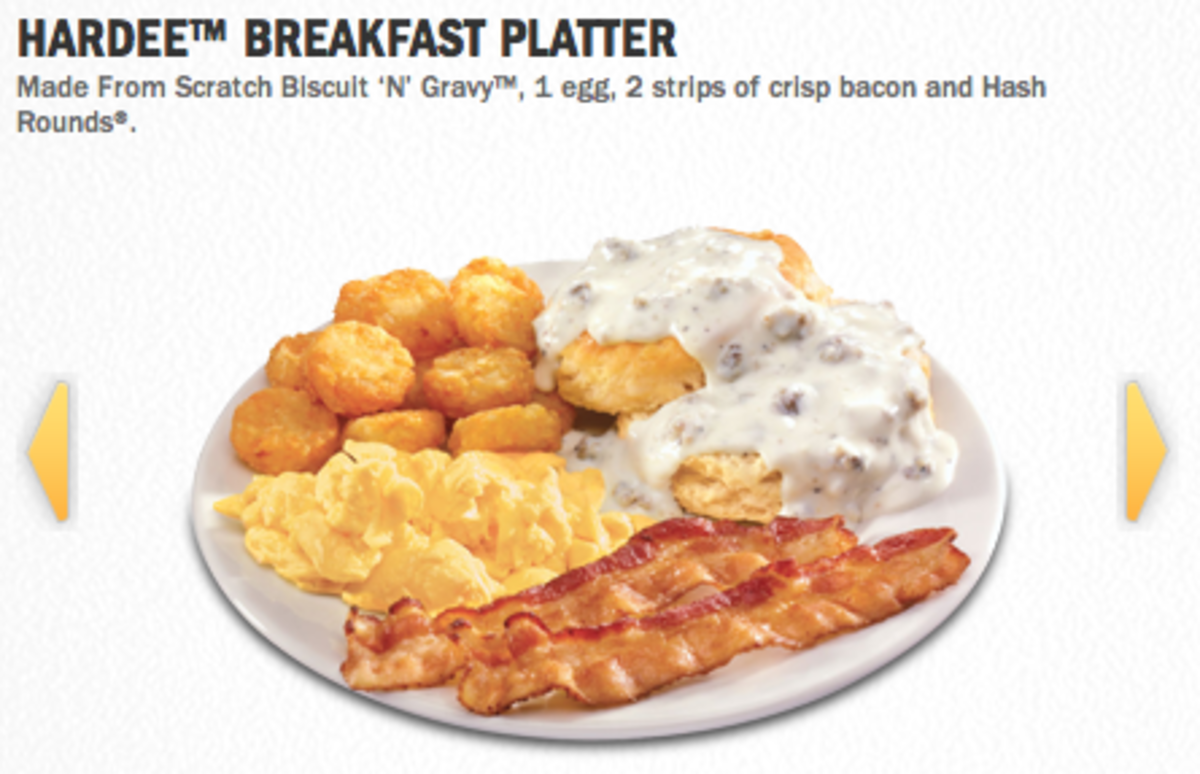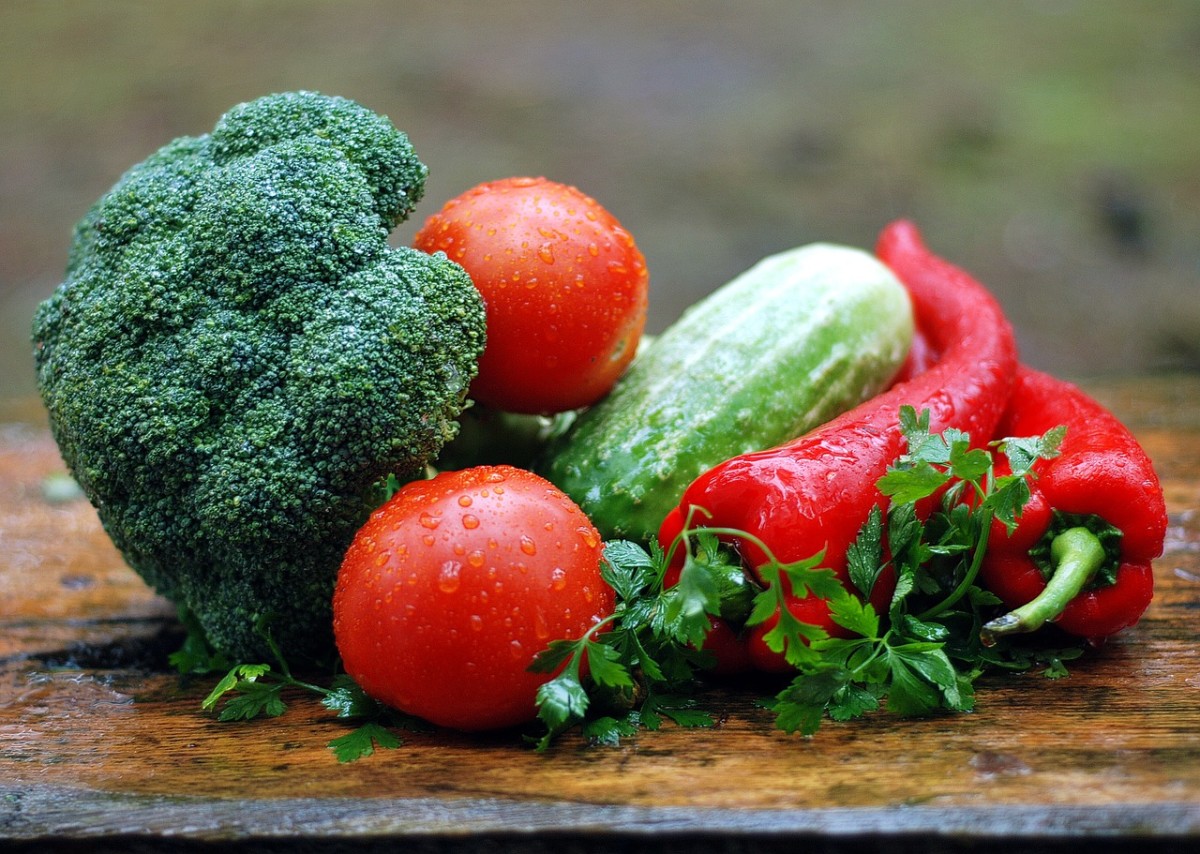Do You Know What is in Your Foods
Food Labels Tell the Story!
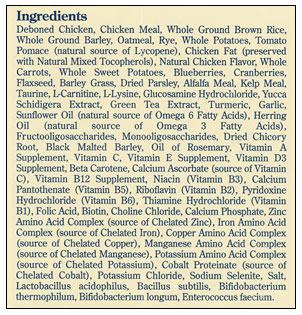
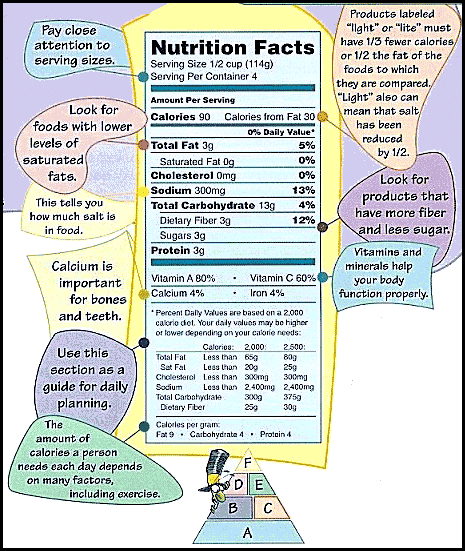
All of us Die, But Some of Us Live
Think back to what you had for dinner last night. Try to remember everything on your plate -- the protein, the carbohydrates and the fat.
What is in food?
Food provides your body with all of the materials it needs to grow, and to be healthy and active. These are some of the building blocks in food.
CARBOHYDRATES are the body's main source of fuel. Starchy foods like breads, spaghetti, rice, potatoes, corn and cereals are made up mostly of carbohydrates. Sugary foods like candy, jam and syrups also are carbohydrates. Some carbohydrates, called fiber or roughage, are hard to digest. They help move waste through the digestive system.
FATS include butter, margarine, lard, shortening, and cooking oil. Cheese, cream, chocolate, some meats and many desserts have a lot of fat. Fats are very concentrated sources of energy, so only a little is needed.
PROTEINS, are important for growth and repair of the body. Protein-rich foods include eggs, milk products, meat, dried beans, chicken, turkey, and fish. The body also can use protein as fuel for movement and growth.
MINERALS are found in small amounts in foods. They are needed for many of the body's functions. For example, calcium is used to build bones and teeth, and also is important for muscles and the nervous system. Iron becomes part of red blood cells.
VITAMINS are other chemicals found naturally in food. They are needed in very small amounts by the body.
Where did the food come from?
If your food came from a box, did you read the label first and if so, did you understand all the ingredients? The fact is most of us either do not know or do not want to know where our food comes from. To many of us, food is something that can be found in a box, thrown in the microwave and consumed in front of the TV.
Is it a whole food or is it processed?
An example is white bread is processed by taking a fabulous piece of wheat and stripping it of the bran and the germ; two components responsible for providing fiber and B vitamins. What is left is the endosperm. In this example, food (wheat) has been stripped to make something else (white bread).
"Whole" foods are foods that have not been processed or altered prior to "packaging" and may include meat, poultry, fish, fruits, vegetables, legumes, seeds and nuts. Meat, poultry and fish that are considered "whole" are those that were provided natural feed (grass as opposed to corn for a cow), provided ample space and humane living conditions, and void of antibiotics, hormones or coloring. Plant-based foods are the most easily identifiable whole foods available for consumption.
Foods Labeled “Natural” Should Not Contain Synthetic Food Dyes.
Recent studies have linked synthetic food dyes with hyperactivity in children and even with cancer—enough to cause CSPI to call for a ban on synthetic dyes (ones that appear with a number after them, such as Blue 1 and 2 or Yellow 5 and 6) recently. This does not mean all our food will become duller: plenty of natural colorants abound.
Decoding the Current Food Label
Foods that do not have a label are usually the healthiest. Your local produce section would top this list with all of its cancer-fighting phytochemicals. None of the items here will have a label. The more ingredients a food has, the higher the chances that it has been processed.
Avoid food that lists any of the following among the first five ingredients:
- Saturated fats (on labels most would be displayed as plant-based saturated fats such as palm or cottonseed oils).
- Trans fat (anything containing partially hydrogenated oils).
- Simple sugars and syrups such as high fructose corn syrup, cane juice, honey, etc.
- Simple carbohydrates.
- If sodium is above 600 mg per serving, put it down (you should limit your sodium consumption to 1500mg to 2300mg daily).
- If the ingredient label contains several words you cannot pronounce, it means it's full of food additives and most likely not good for you.
Watch Out for These Ingredients That Sound Healthier Than They Are
1. Fruit Juice Concentrates
What it is: An alias for added sugars, which supply calories but little to no nutritional value.
2. Soybean Oil
What it is: A plant-derived oil is high in omega-6 fats, which compete in your body with healthy omega-3 fats (the kind that benefit your heart and brain).
3. Palm Oil
What it is: Oils derived from the fruits of palm trees.
Why you should watch out: Now that the heart-damaging effects of trans fats (hydrogenated or partially hydrogenated oils) are widely known, many food manufacturers are replacing them with palm oil. Palm oil is trans-fat-free, about half of its fat is saturated, adding about 1.5 grams sat fat to each 2-tablespoon serving.
4. Wheat Flour
What it is: Refined wheat flour, also a synonym for white or all-purpose flour.
Why you should watch out: Wheat flour is different from “whole-wheat flour.” Wheat/white flour contains barely any fiber, vitamins, or minerals, the building blocks of healthy food.
Be educated. We are what we eat. All of us die, but a few of us live…


